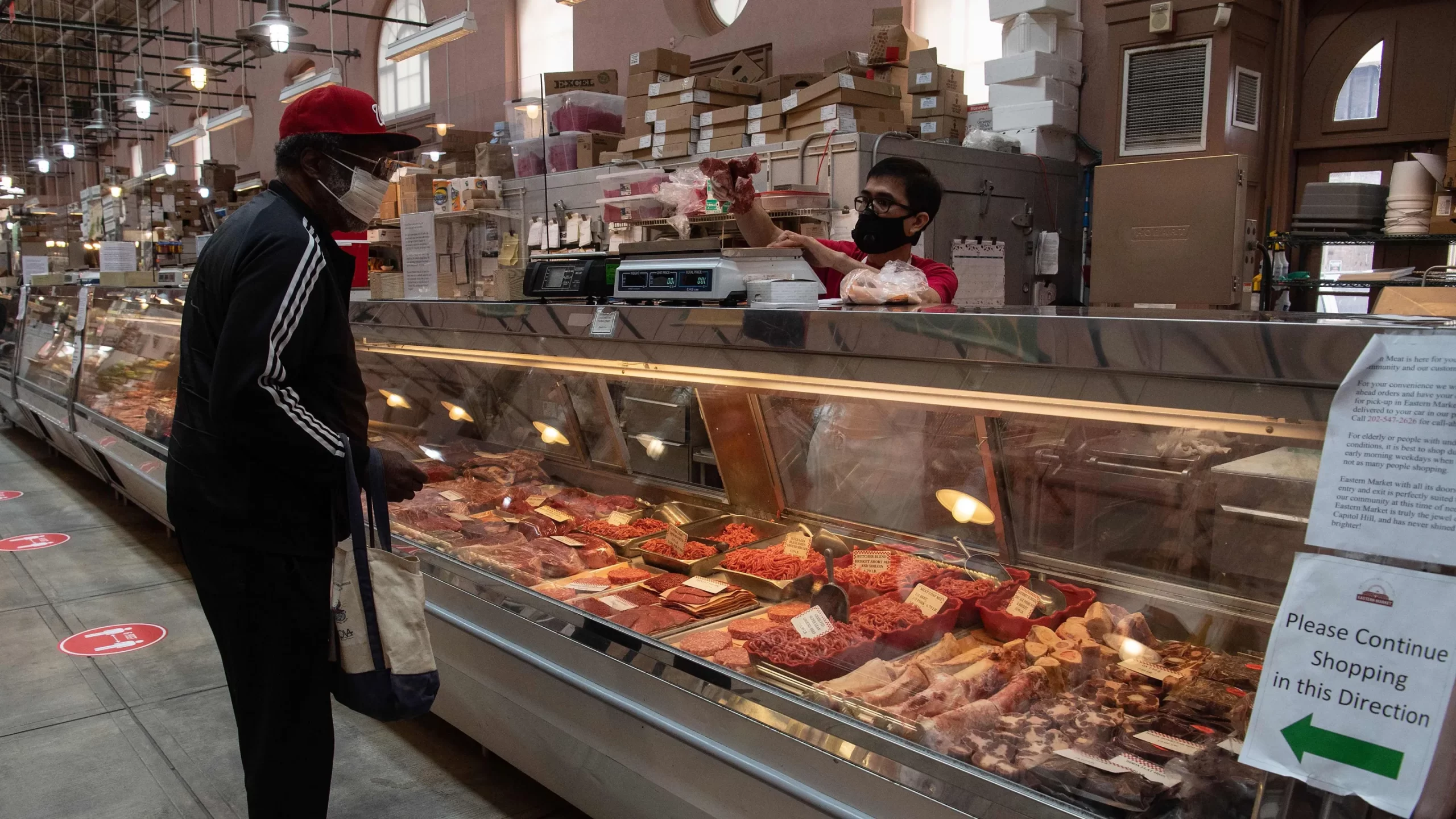By Stuart Stone
Average of 854g of meat purchased by UK households each week last year was lowest since records began, but experts warn shift is largely due to soaring food prices
Average household meat consumption in the UK fell to its lowest level on record last year, as cost-of-living pressures forced consumers to tighten their belts and opt for more affordable food options, the latest government figures suggest.

Data on UK household food purchases released by Defra this week show average meat consumption fell by 12.5 per cent to 854g per week during the year to March 2022, which is the lowest level since records began in the 1970s.
For context, 854g is about the same weight as less than half a medium chicken sold by Waitrose. The supermarket states that on its website that its 1.75kg medium chickens can feed up to four people.
It marks a fall from 976g of meat consumed each week on average by UK households the previous year, which was also in turn down slightly from 949g in the year before the Covid-19 pandemic struck, according to reports this morning. Overall, the data shows household meat consumption has fallen 14 per cent since 2012.
However, the Climate Change Committee in 2020 suggested Britons would need to cut their weekly meat intake by around a fifth per person by 2030, and by 35 per cent by 2050, suggesting further dietary shifts are still needed this decade if the UK is to meet its net zero target.

Reducing meat consumption has long been hailed as key to reducing carbon emissions, a stance underlined by recent research from the University of Oxford, which found the environmental impact of a vegan diet is roughly one-third the size of that from diets which include high levels of meat. That is because intensive livestock farming is associated with driving significant land-use change and deforestation, as well as a raft of other damaging environmental impacts.
** Click here to read the full-text **








